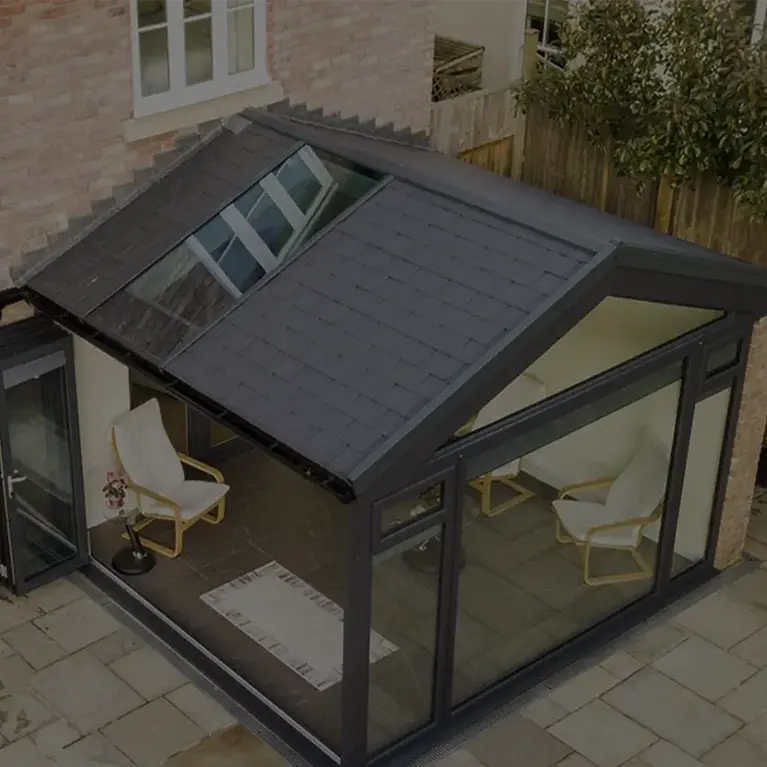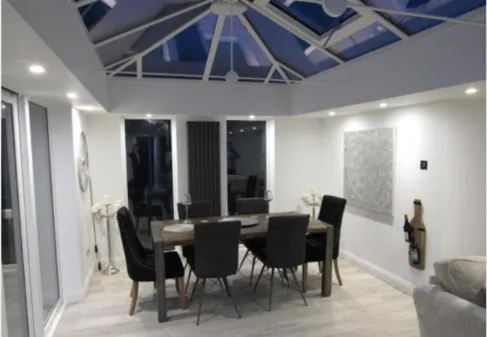Approved Document Q, or ‘Part Q of the building regulations’, came into effect in 2015 and sets down security standards for all doors and windows installed in new residential dwellings, to minimise security risks from casual or opportunistic intruders. For new build and refurbished properties, all replacement doors and windows must be Part Q compliant.
Part Q compliant is optional for replacement doors and windows, and for house extensions. However, we strongly recommend working with a Part Q compliant installer on all replacement windows and doors, to help safeguard your home from security threats. In this article, we’ll look at the main takeaways from Part Q and why this matters for homeowners – as well as the requirements for doors and windows, and why compliance with these regulations can benefit you.
Building Regulations Part Q: A Brief Overview
The stipulations of Part Q are fairly detailed, setting out specific requirements for both doors and windows, as well as security and access features such as multipoint locks, letterboxes, hinges, and glazing clips.
The most important change introduced by the regulations for doors is that they now must be fitted with a multipoint lock system that has been tested to meet PAS24-2016 standards. PAS24 is a robust set of security standards to which all front doors and windows must be certified, after passing a thorough assessment for security performance against forced entry.
What Is A Multipoint Lock System?
A multipoint lock system works by engaging multiple points along the door frame when locked, dramatically improving the security rating of the door. Previously, doors with a single lock barrel could be forced quite easily using a crowbar, or even with a screwdriver by removing the lock barrel itself.
Part Q also improves security by stipulating that front entrance doors must have at least one viewing window that is no smaller than 0.5 square metres in size, and no larger than 1 square metre in size. This makes it easier for homeowners to see people coming to the door, while not making the front entrance vulnerable through a large glass pane that lets people see into the house itself, and that could be smashed to force entry.
Also, the letter box must be no bigger than 0.35 litres in capacity –to avoid burglars using the letterbox for access by reaching in to steal the key or unlock the door from the inside, while hinge bolts must have a minimum length of at least 50 millimetres when fully extended – to improve their resistance to impact damage. Furthermore, front facing windows and door viewing windows must be strongly glazed using laminated or reinforced glass, with a minimum thickness of 4mm or 6mm respectively, so that they meet P1A glazing standards.
How Do Homeowners Benefit From Part Q Regulations?
Part Q compliance isn’t simply a box ticking exercise. By working with a Part Q compliant doors and windows installer, such as Harveys, you improve the security of your home and reduce your vulnerability to intrusion and burglary.
Ultimately, a Part Q compliant door or window gives you the peace of mind that, if someone does attempt to break into your house, they will have a far tougher job than if your home had less secure front entrance doors and windows. Successfully entering your home would require a lot of time, and noise, and probably specialist tools, too, with a high risk of discovery the longer the burglary takes to execute.
For most would-be criminals, this is sufficient to send them packing without seeing through their task. Even the visible presence of a strong front door or secure windows may be enough to deter many burglars, who are mostly opportunists and do not want to risk being caught.
Find Out More
At Harveys Windows, we offer a wide range of Part Q compliant front doors and windows, ensuring that all access points provide the highest levels of home security and meet all building regulation standards. To find out more, please call 0116 497 5866 today, or click here to send us a message.



